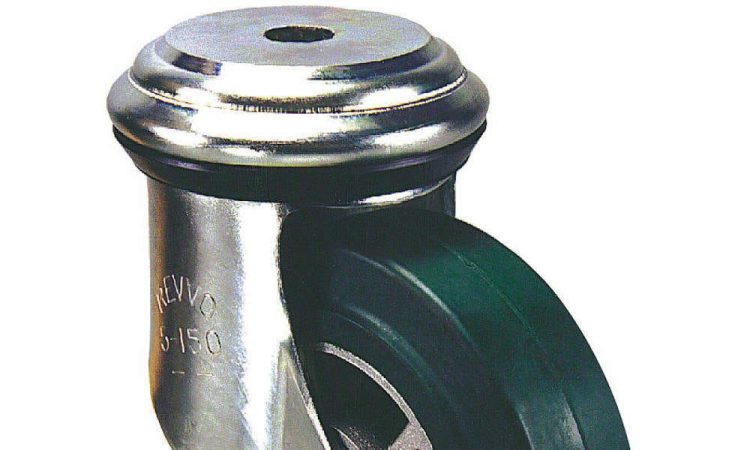
Casters are essential for enabling the mobility of equipment and machinery in various settings. They come in multiple designs and functionalities; choosing the right one is crucial for businesses.
Spring-loaded casters work as shock absorbers, cushioning bumps and jolts from traversing uneven surfaces in warehouses, factories, and exterior locations. However, they must be paired with the correct load to ensure proper spring deflection.
Check the Bearings
The bearings in caster wheels are essential for keeping equipment on the move but can also be prone to damage from various sources. This can include improper handling, misalignment, vibrations, and electrical damage. To avoid these problems, it’s essential to inspect them regularly for signs of wear and tear.
Choosing the correct caster doesn’t just affect how much weight it can handle and how smoothly it rolls over bumps and jostles. Think beyond essential load capacity! Consider wheel material, installation methods, and, most importantly, whether you need those bumps and grinds absorbed by specialized shock reducing casters. They’ll take the jolts out of your journey, protecting your equipment and peace of mind.
Swivel casters can rotate 360 degrees, providing excellent maneuverability and precision control. They’re ideal for applications where movement needs to be precisely controlled, like in a lab or specific industrial settings. Rigid casters move in a straight line and can be better suited for outdoor surfaces or heavier loads. They’re also resistant to chemicals and corrosive substances. If you need help deciding the caster type, work with an expert to find the best option.
Check the Wheels
The wheels determine the movement and control capabilities of casters. Choosing the appropriate wheel type is essential for both safety and longevity. When selecting, consider the load capacity, environment, maneuverability requirements, and cost.
The caster wheel material should also be considered, especially on certain surfaces. Nylon is rugged and may damage sensitive floors, so rubber or polyurethane caster wheels are better options for these environments. More complex materials also produce more noise during operation, so softer, quieter materials are recommended if privacy is a concern.
Additionally, the caster should be attached securely and not exceed its load capacity. Overloading can cause instability and premature failure of the wheels. Regular inspections should be conducted to promptly identify and address any issues to avoid accidents or damage. The installation method is also essential, as some casters have specific mounting methods for optimal functionality and to protect the equipment or furniture.
Check the Hardware
Like all equipment, casters aren’t indestructible. Sudden and abrupt forces can damage them, causing immediate structural damage that results in cracked or damaged wheels, misaligned bearings, or bent mounting plates. This can reduce their lifespan and affect performance, potentially compromising the safety of those using them. This can also result in a delay or disruption of operations, affecting productivity. Prevent caster damage by ensuring workers are adequately trained and aware of the impact of shock loading on equipment.




